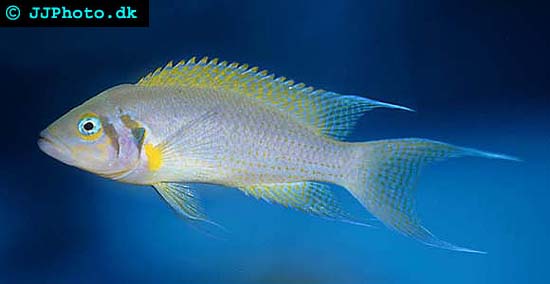Tag Archives: dominant
The nanny effect
In several species of fish, such as the cichlid species Neolamprologus pulcher, it is common for subordinate females to help an unrelated dominant breeding pair raise their young. The reason behind this seemingly altruistic behaviour, known as alloparental care, has puzzled scientists for many years and one of the most widely spread hypotheses put forward has been the ‘pay-to-stay’ hypothesis. According to the ‘pay-to-stay’ rationale, the subordinate female helps out the dominant pair just to be able to stay in the group. Not being ostracised from the group augments her long-term survival chances, thus increasing the chance for her to live long enough to eventually obtain a breeding position.
Picture by: JJPhoto.dk
A new study carried out by Dik Heg and coauthors does however bring forth a new hypothesis: the substrate rationale. In their study, Heg and his colleges tested the hypothesis that subordinate female cichlids are helping dominant pairs in return for a more immediate direct reproductive benefit. After a series of experiments where the total number of eggs produced over a 30 day period by dominant and subordinate Neolamprologus pulcher females were carefully counted, researchers found that a subordinate female helping out a dominant pair was more likely to produce eggs herself compared to other subordinate females.
According to Heg and coauthors, the most likely reason for the increased reproductive success of “fish nannies” is that the subordinate female gains access to the breeding substrate.
If you wish to read more, see the paper “Heg, D, E Jutzeler, JS Mitchell and IM Hamilton (2009) Helpful female subordinate cichlids are more likely to reproduce”. It has been published in the journal PLoS ONE.
Here at AC Tropical Fish, we believe in the Jude Law-hypothesis. The dominant female will naturally snatch away the most prosperous male, but by posing as a benevolent nanny even a subordinate female can gain access to his home and hope for some of his triumphant DNA to eventually find its way into the genetic make up of her own offspring.
